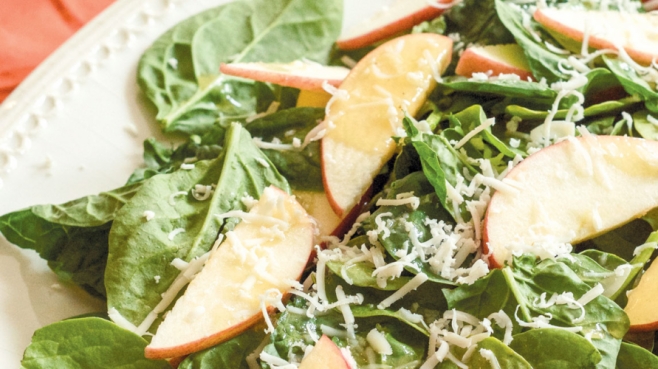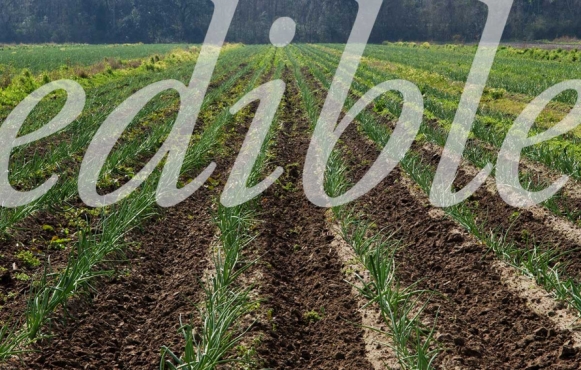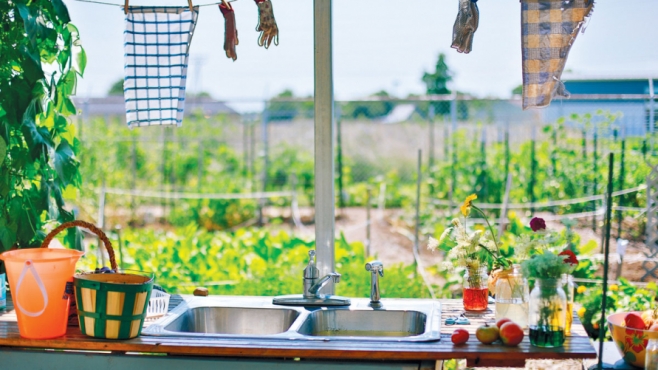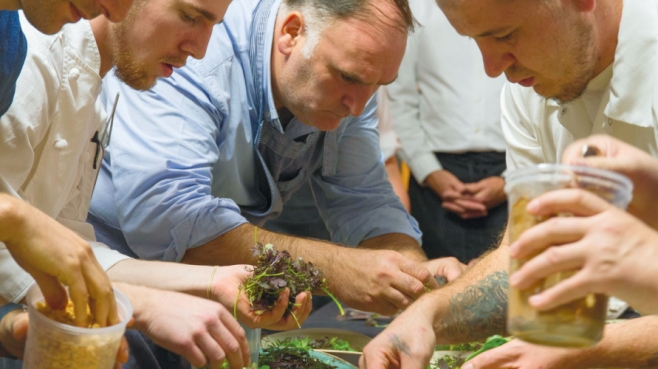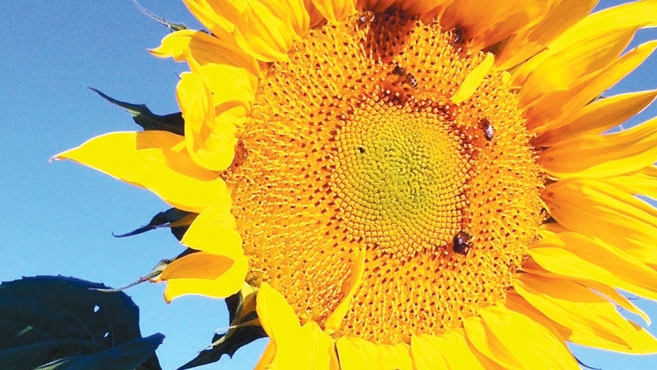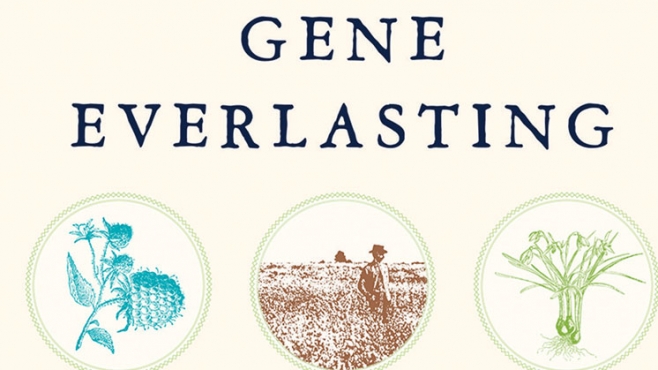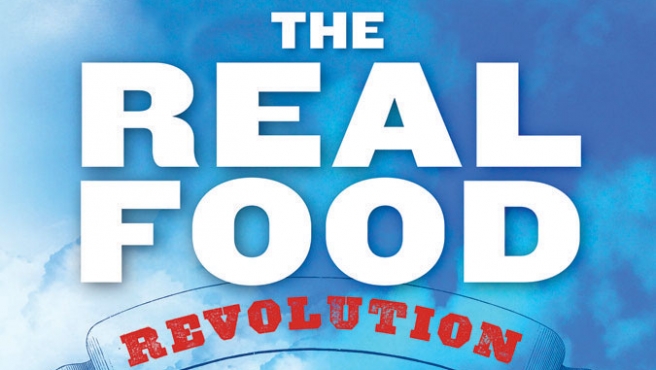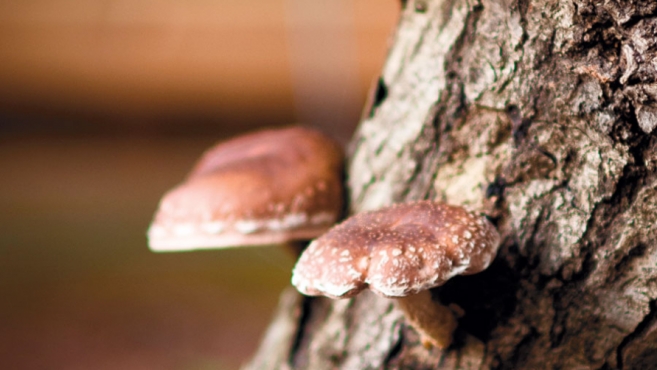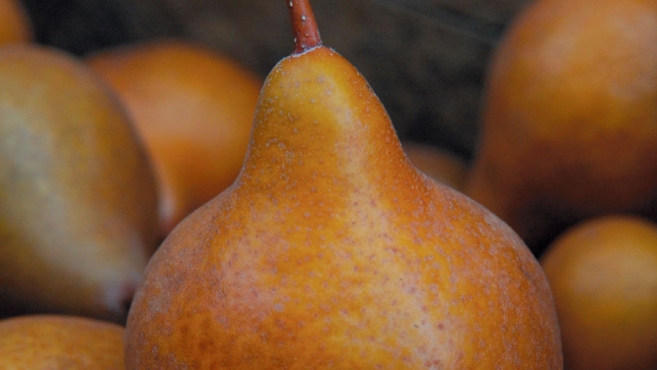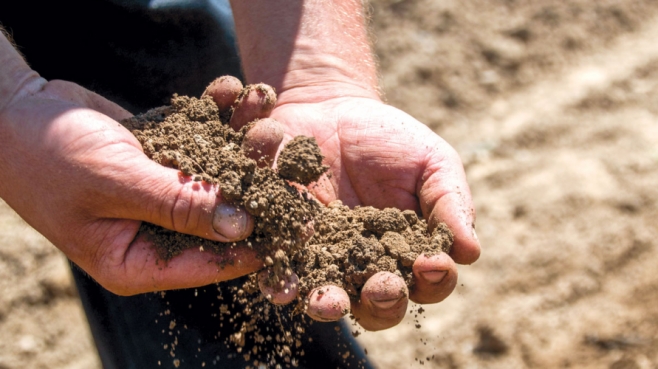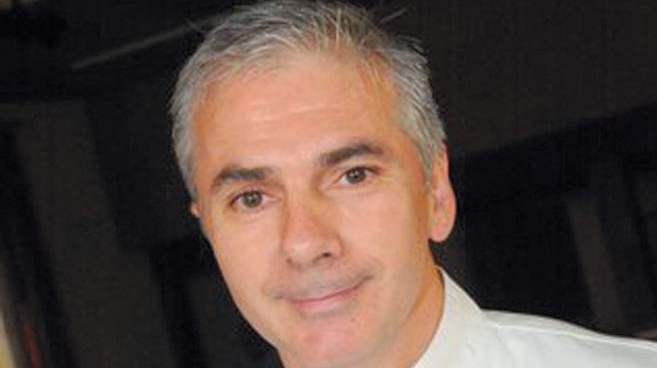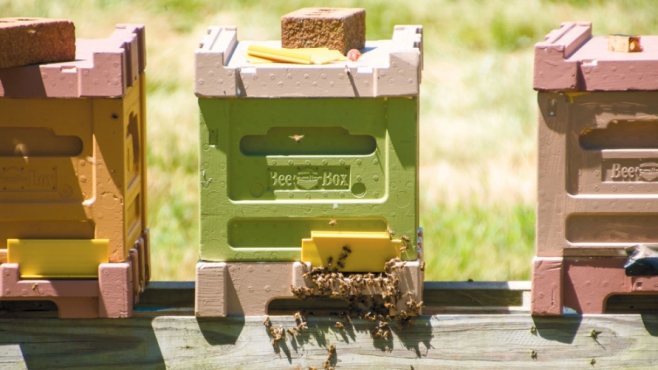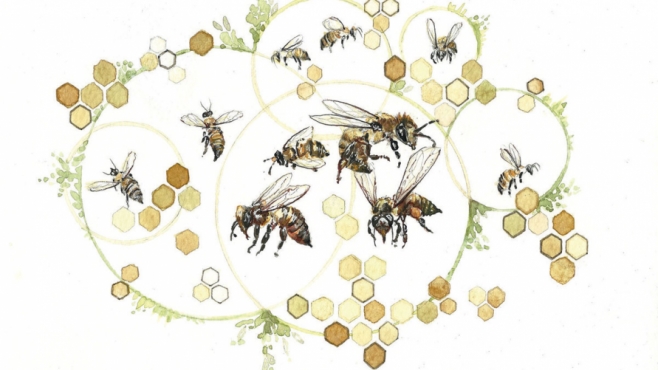In Our Fall 2015 Issue
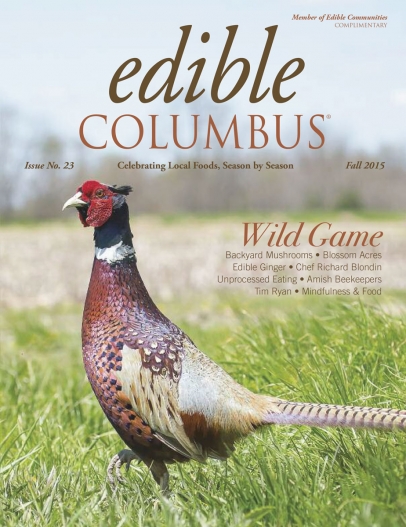
LETTER FROM THE PUBLISHER
I love a good story; it’s why publishing this magazine means so much to me. I take sheer delight in sharing the stories behind the amazing people in our community who influence the food we produce and enhance the quality of our lives in the city we call home. Recently, I had the good fortune to learn the history of the building we renovated to house both our Ediblemagazine office and our cooking school, The Seasoned Farmhouse. Like so many places in Columbus, our offices are replete with stories.
My education into the history of our property begins with a stranger’s email. Louise and her husband, Martyn—who both had ties to the home where we work—corresponded with me about touring the renovated home. I was, of course, happy to host them for a visit, and over breakfast they nourished me with the story of our property’s past. It is a story about two people in love, an unexpected refuge, a home they adored, and a city that became home for more than half a century.
The story of 3674 North High Street is inextricably linked with Walter and Kate Boenheim, Louise’s paternal grandparents. The story begins half a world away: Walter and Kate met and made their first home in West Prussia, Germany. They were both Jewish and by 1933, Hitler’s rising ideology made it evident that the two of them had to leave. They settled first on England. Yet, in weighing his options, Walter, a physician, discovered that he would have to take five more years of intense study if he wanted to practice medicine in England, whereas if he crossed the Atlantic Ocean, he could practice immediately in America. So, in a twist of fate, Walter and Kate journeyed to Columbus and Walter prepared to take his medical board exams. They embraced the community here and decided to put down roots and purchased a house on North High Street in Clintonville. They lived there, our very own 3674 North High Street, for more than 50 years, turning a house into a home in part by cultivating a beautiful yard abundant with flowers, raspberries, and an apple tree.
The house was filled with music, heirlooms from Germany that had traveled with them across the sea, and their three sons. When Kate moved into a nursing home at the age of 90, a local publication published an article about her—my greatest takeaway from reading the piece was a piece of Kate’s philosophy. She believed life is beautiful and she attributed her long life to the fact that she has always cared for others. What a wonderful way to view life.
In touring the property, Louise remarked that her grandmother Kate would love that flowers and fruit are still growing in the yard. In a strange coincidence (or sign of fate), we have roses, raspberries, and even an apple tree in our current garden. They also knew Kate would appreciate the way we bring people together at our cooking school and how we celebrate what is special about our community in Edible Columbus. Kate’s and Walter’s spirits live on.
This issue is filled with stories we hope you will enjoy and will inspire new ways to connect within our community this season.
Come visit us at The Seasoned Farmhouse—our cooking class schedule is online at theseasonedfarmhouse.com. We would love to share this special space with you.
Have a wonderful fall!
-Tricia Wheeler, Publisher
LETTER FROM THE EDITOR
The pheasant—a game bird native to Asia and brought to America in the mid-1800s—is a symbol of abundance and fertility, its multitude of colors symbolic of all of the creative possibilities in life. In autumn we live in reverence of these virtues. We sit together, talk together, and cook together—bringing the brightness of the outdoors inside—out of a sense of gratitude. Here in America, we have so much we often forget what it means to have little. Our fall issue reminds me of what we take for granted.
In this issue, we’re so pleased to share contributor Bryn Bird’s in-depth conversation with U.S. Rep. Tim Ryan of Ohio. One of the things one can take for granted is good health until one is met with a health crisis. It saddens me deeply that this generation of children is the first generation to have a lower life expectancy than their parents. Healthy food, no matter where you come from, should be a right in this country.
Yet there are very real policies in place right now that keep healthy food from our youngest Americans, setting the stage for a national health crisis. Rep. Ryan is dedicated to turning the tide on what he suggests is a “sick country” continuing to fund its own illness (page 26). A catalyst for change, he’s published A Mindful Nation and The Real Food Revolution, and he’s just begun, asking visionary questions of our government. As he says, “In my district, like many districts around the county, we have 40–60% or more students on Medicaid.” It’s a painful problem that demands we, as Rep. Ryan says, “get back to the basics.” Food education is key, as is coalitionbuilding so these issues gather people power.
Healthy food habits, however, come in many shapes and sizes. Health takes root in the place where you live and eat as Sandusky-based writer Gene Logsdon details in his book, Gene Everlasting (page 18). And health thrives in environments like what locavore mother Lisa Clark created for her daughters by raising them with a regard for local food so that no matter where life takes them they always seek out good food practices (page 22).
Pediatrician Mary-Lynn Niland offers tips to parents for their child’s healthy eating habits during all the stages of their life (page 20), and farmer Eli Yoder of Blossom Acres Produce makes his case for why sustainable, organic soil brings us healthier food (page 34).
Well-being can also come from a healthy imagination, as Clintonville-based growers Michael Hayes (page 28) and Janine Harris Degitz (page 64) demonstrate with their homegrown backyard mushrooms and honeybees.
And writer and editor Megan Kimble in her book (page 57), Unprocessed, illustrates how living a life of eating unprocessed foods for a year offers its own path to wellness.
It’s this regard for the raw, for the whole, for the wild that inspired us this issue when we looked at hunting in Ohio. Local food advocate and hunter Steve Berk (page 42) shares his passion for pheasant hunting and living off the land, and archer Matt Neumeier tells his candid story about maturing as an archer to hunt whitetail deer (page 47).
We’re also thrilled to feature Chef Richard Blondin of The Refectory and his wisdom and recipes for preparing what one might gather on the hunt for wild game from his book, The Hunter’s Table (page 50).
I’m not a hunter. Yet being in the field with Steve and his hunting dog, Lulu, watching pheasants fly off as a cluster of their delicate feathers floated down to the ground, struck me to the core. I was suddenly reminded of how hunting can be spiritual. Engaging with the wild for your food in the ways Steve and Matt do requires tremendous mindfulness—the communion that comes when one takes the life of an animal for their own.
Hunting for your food, standing up for healthy food for the next generation, raising honeybees, passing on good food practices to your children—these are sacred gestures. We hope this issue connects you to what you find most pure and true this season. May your fall be filled with the blessings that come from eating well and sharing your harvest with others.
In gratitude,
-Colleen Leonardi, Editor


